Which Caravan Bulb?
Are you trying to identify a caravan, camper or motorhome bulb? Please answer the below questions and use the filters on the left of our bulb page to see if we have what you need.
What Connection is your bulb?
Look at the base of the bulb and check the style and layout of any pins, and measure the diameter of the base in mm. This information should also be printed on the base of the bulb.
Bayonet Connection
May be single or double contact and have 2 small extrusions on the base of the bulb. You will need to check whether these extrusions are;
- Equally spaced around the diameter of the base
- At the same height on the base
Marker lights, tail lights etc. are usually (but not always) bayonet connections.
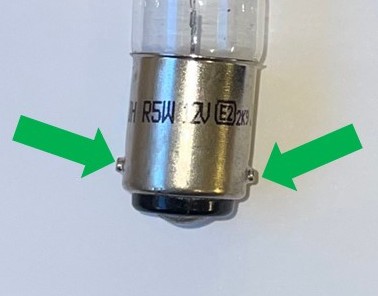
Screw Connection
You will also need to check the diameter of the base. These are commonly E14 (14mm) or E27 (27mm).
The ‘E’ refers to the bulb having an Edison screw fitting, the number refers to the base diameter in mm.
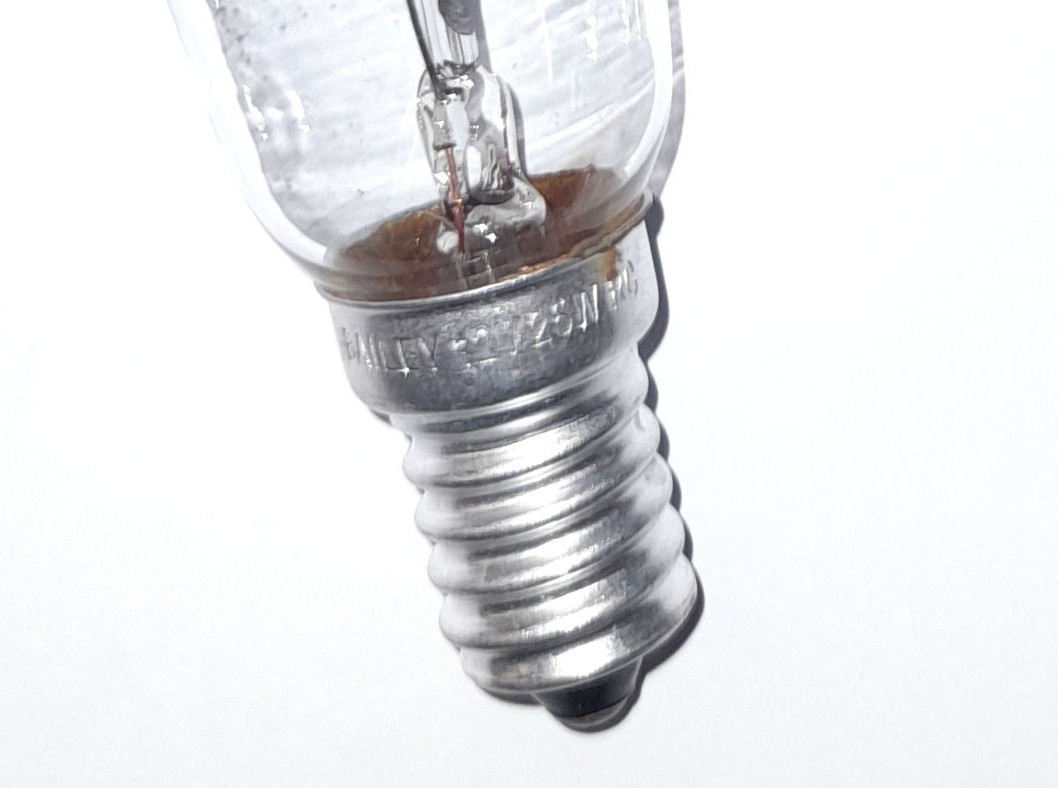
Pin Connection
Does the bulb have pins? How many pins? What is the spacing between the pins (in mm)? If this is a multifaceted reflector, the pins may be Twist Lock type
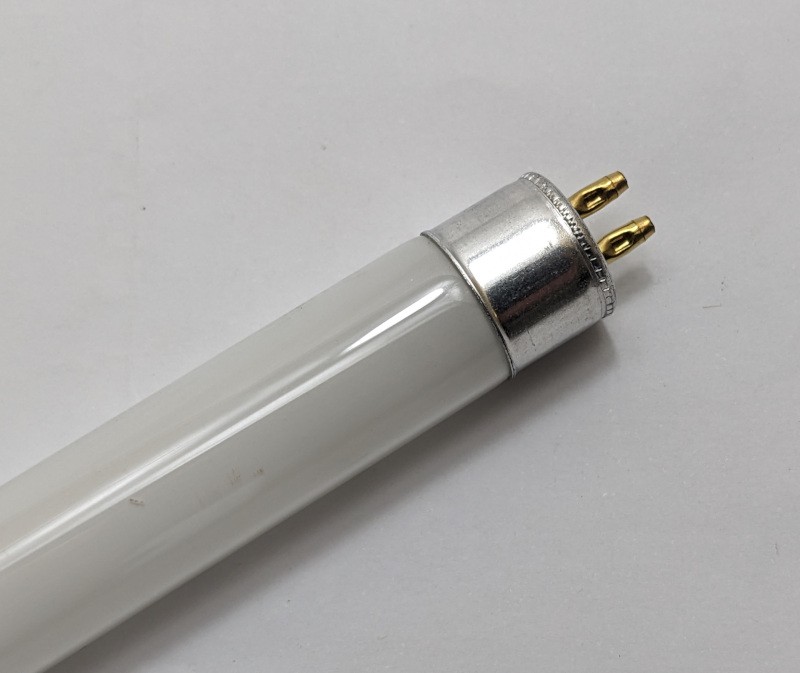
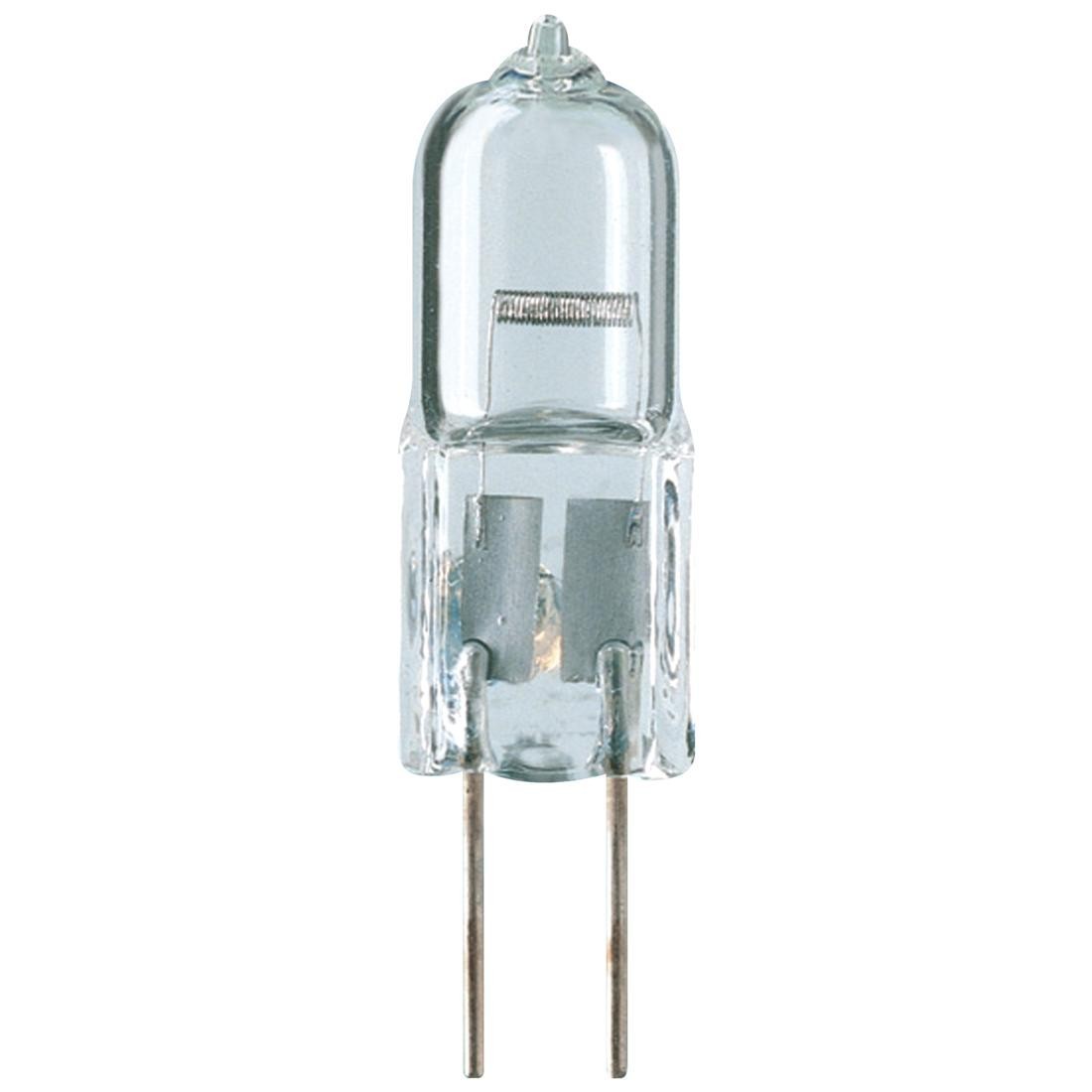
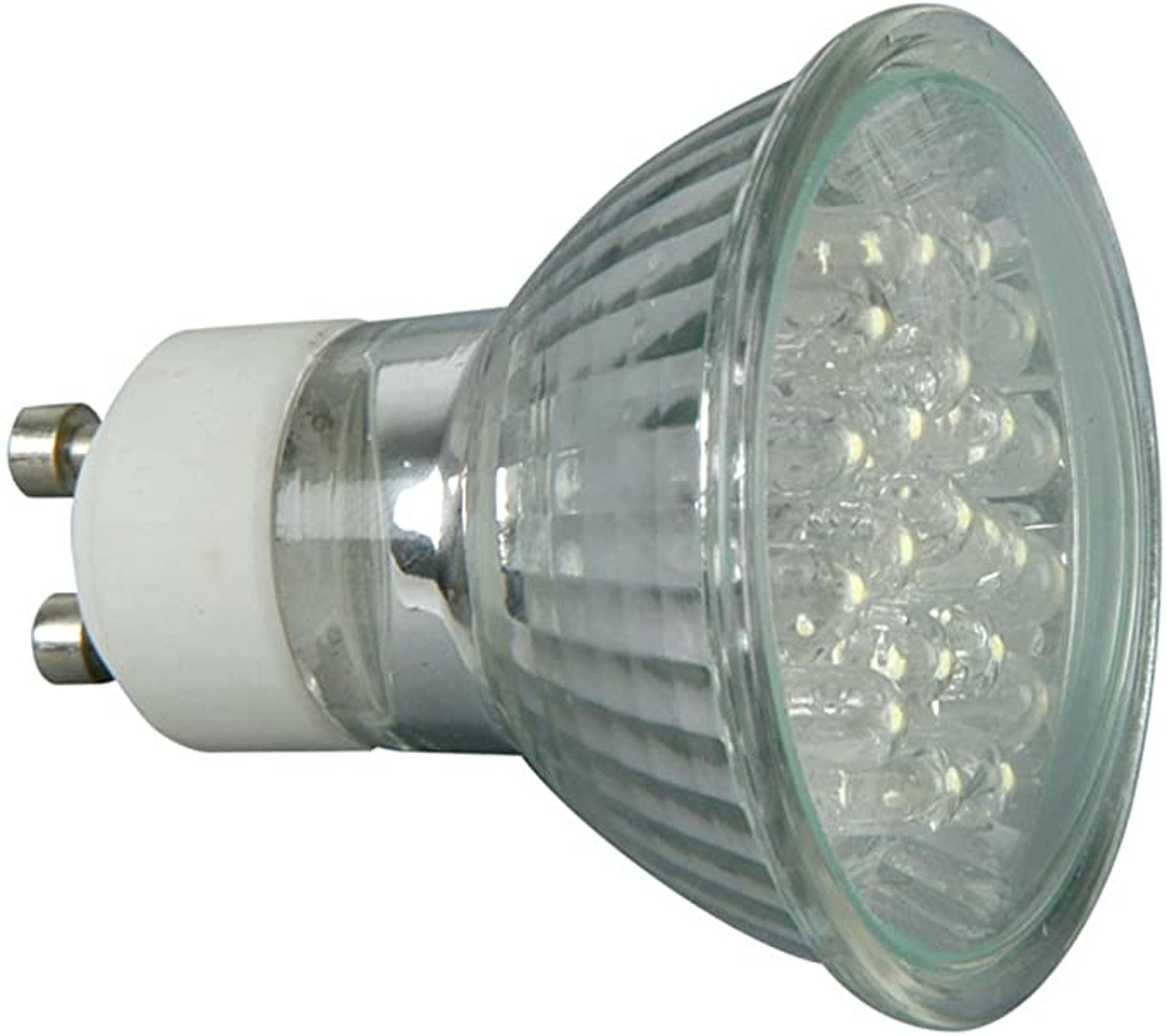
Capless
On Capless bulbs there is no metal / plastic base to the bulb. On Capless Wedgebase bulbs the glass capsule encompasses the connection as well. These type of bulbs just push or wedge into place, no need to twist.
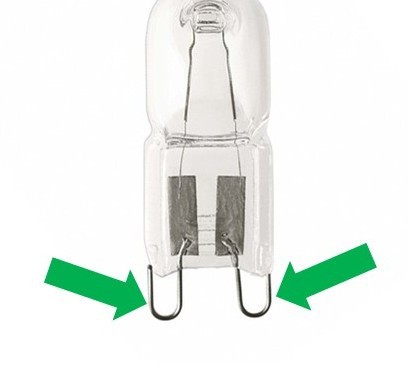
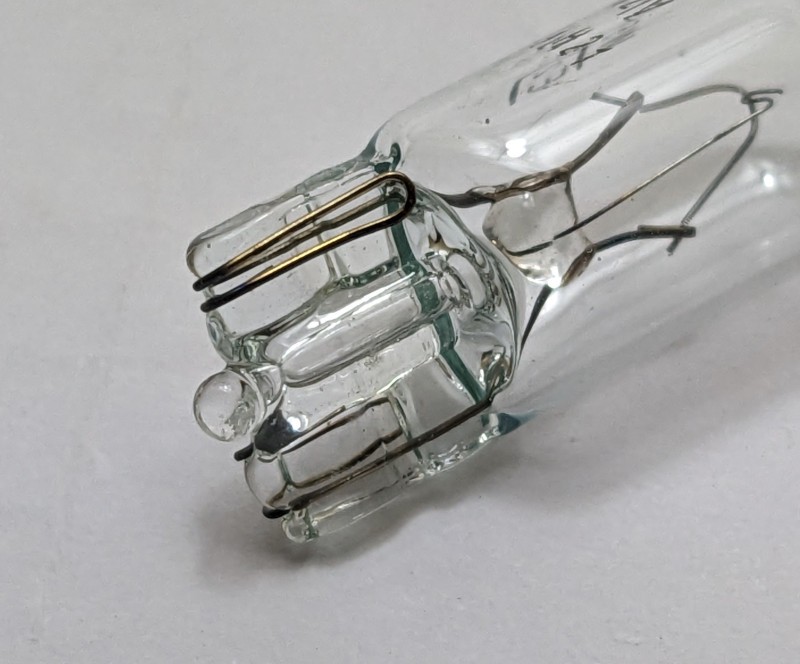
Spade Connection
Spade connections are usually found on headlight bulbs.
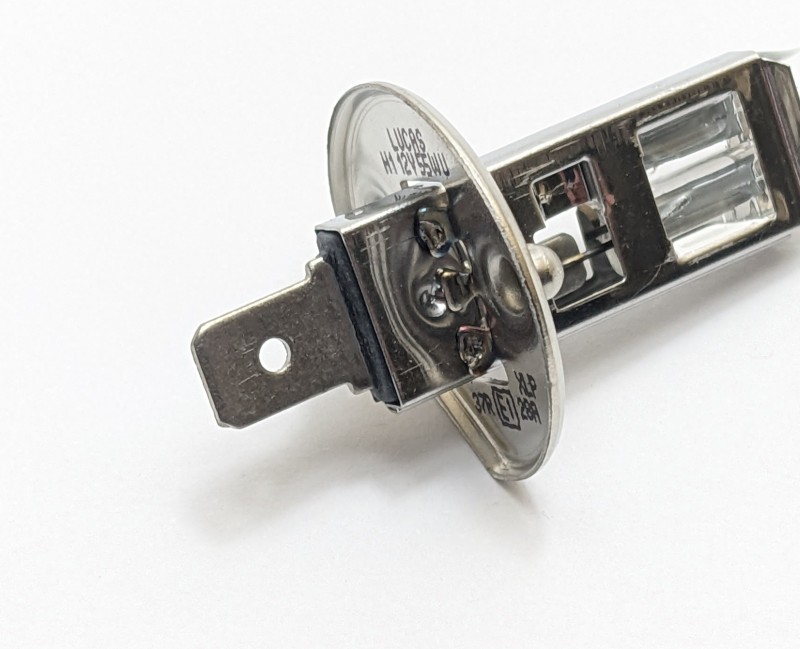
What Shape bulb is it?
Globe – Circular or oval glass, looks a little like a hot air balloon or pear shape.
Tube - may be straight, a “u” shape or a coil
Festoon – cylinder with metal connection at both ends
Spotlight – including Multifaceted Reflector
Capsule – may or may not have a metal / plastic base
What voltage bulb do you need?
Are you running off a mains hook up (230 / 240 volt) or a leisure battery (12 volt)?
Does the bulb only work when you’re connected to a mains hookup (230 / 240 Volt)? Or does it still work when running off your leisure battery (12 Volt)?
Please be aware that fluorescent bulbs may actually be a 240 volt bulb, but the lights runs off a 12 volt system and have a transformer to change the voltage within the light fitting itself. This means that while you may be running your vehicle electrics off a leisure battery, you may need a 230V bulb.
What wattage (brightness) of bulb do you need?
This should be printed on the bulb, either on the glass, the same as a household bulb, or on the base fitting (may be printed, may be etched).
The wattage determines the brightness of the bulb. Please also check the max wattage of your light fitting before changing a bulb.
If you are looking for an auto bulb (rather than a bulb for an interior light fitting) and you can’t see the Wattage on the bulb itself, below is a list of the standard wattage of a bulb for each particular use.
- Marker lights – 5 Watt bulbs (or LED equivalent)
- Tail lights – 5 Watt bulbs (or LED equivalent)
- Indicators – 18 or 21 Watt bulbs (or LED equivalent)
- Reverse lights – 21 Watt bulbs (or LED equivalent)
- Brake lights – 21 Watt bulbs (or LED equivalent)
Be aware that if the bulb you’re replacing performs both tail light and brake light functions you’ll need a 21W / 5W bulb to replace it.
What type of bulb are you looking for?
Fluorescent - a glass tube, it may be straight, a “u” shape or look like a coil, which produces light from mercury vapour and phosphor. May also be referred to as a CFL (compact fluorescent lamp) or Energy Saving Bulb.
Incandescent - if you look inside the glass of your bulb you will be able to see a filament or wire connected at both ends. It is the heating up of this filament which produces the bulb’s light.
Halogen - has a filament similar to an incandescent bulb but the filament is sealed in a capsule containing halogen gas.
LED - stands for light emitting diode. When you look at this type of bulb you will see small circles or squares, each one is an LED. The more LEDs there are in a bulb the higher the brightness.
Xenon – Similar to halogen bulbs but use xenon gas in the capsule. Give off a very bright, sometimes blue tinted, light. Used in headlights.
Bulb Base / Fitting Size
9mm Single Contact – Bayonet fitting bulb with a 9mm base diameter. Bulb code – Ba9s
10mm Single Contact – Bayonet fitting bulb with a 9mm base diameter. Bulb code – Ba10s
15mm Single Contact – Bayonet fitting bulb with a 15mm base diameter. Bulb code – Ba15s
15mm Twin Contact - Bayonet fitting bulb with a 15mm base diameter. Bulb code – Ba15d
22mm Twin Contact - Bayonet fitting bulb with a 15mm base diameter. Bulb code – Ba22d
E14 – Screw fitting base that are commonly E14 (14mm) The ‘E’ refers to the bulb having an Edison screw fitting, the number refers to the base diameter in mm.
G4 – base with 2 pins 4mm apart, usually found on capsule bulbs. If you have an LED spotlight bulb, check whether the pins are at the side of the bulb or the back.
G5 - Fluorescent G5 tube base types are a two pin fitting located at each end of the tube with 5mm between the two pins. The T5 (16mm tube diameter) and T4 (12mm tube diameter) use the G5 cap fitting.
G9 – capless base with 2 connectors that look more like hooks / loops, rather than pins. 9mm from the inside of one hook to the outer edge of the other. Usually found on capsule bulbs.
G23 – 2 pin base, 23mm between pins. Generally found on single turn CFL (compact fluorescent lamp) bulbs. Plastic piece sticks out further than pins and has protrusions front and back to hold the bulb in place.
GU4 – base with 2 pins 4mm apart, usually found on multifaceted reflector bulbs. Also has indentations in the sides of bulb to clip into place in the light fitting.
GU 5.3 - base with 2 pins 5.3mm apart, usually found on multifaceted reflector bulbs. Has indentations in the sides of bulb to clip into place in the light fitting.
GU10 - base with Twist & Lock pins 10mm apart, usually found on multifaceted reflector bulbs. The GU10 depends on the pins to lock the bulb into place, the GU10 does not have grooves on the sides.
2G7 caps have 4 pins and are found on “u” shape fluorescent light bulbs. Protrusions on each side and front and back to hold bulb in place. 7mm between each pin.
H1 – halogen bulb, normally used in headlights, with a circular metal base of diameter 14.5mm and a male spade connector.
S8 – 8mm diameter end cap, found on festoon shaped bulbs. The end caps may be slimmer than the diameter of the bulb glass.
Please Note
You will need to measure the length and width / diameter of the bulb at it’s widest point to be sure you have picked the correct replacement bulb.
When looking at the code on your bulb, the number can be quoted in mm (e.g. E14 is an Eddison screw base with a 14mm base diameter) or in eighths of an inch (e.g. T12 is a tube with a bulb diameter of 12/8” or 38mm)



